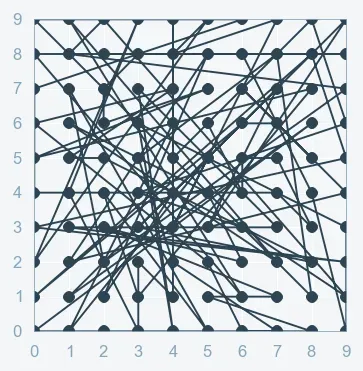
How to Use Randomized Search for Hyperparameter Tuning
Discover how to apply Randomized Search for hyperparameter optimization in your machine learning models.
How to Use Randomized Search for Hyperparameter Tuning
1. Introduction
Randomized Search is a faster alternative to Grid Search. Instead of exhaustively evaluating every combination, it samples parameter settings from a specified distribution.
2. What is Randomized Search?
Randomized Search randomly selects combinations from a hyperparameter space and evaluates each using cross-validation.
Advantages
- Speed: Fewer evaluations mean quicker results.
- Flexibility: Can explore a larger search space without prohibitive cost.
Limitations
- Stochastic Results: The optimal combination may be missed if too few iterations are run.
3. Implementing Randomized Search with scikit-learn
3.1. Importing Required Libraries
from sklearn import datasets
from sklearn.model_selection import RandomizedSearchCV, train_test_split
from sklearn.svm import SVC
import numpy as np3.2. Loading the Dataset
iris = datasets.load_iris()
X, y = iris.data, iris.target
X_train, X_test, y_train, y_test = train_test_split(X, y, test_size=0.2, random_state=42)
3.3. Defining the Hyperparameter Distribution
param_dist = {
'C': np.logspace(-2, 2, 100),
'gamma': np.logspace(-3, 1, 100),
'kernel': ['rbf']
}
3.4. Running Randomized Search with Cross-Validation
svm = SVC()
random_search = RandomizedSearchCV(estimator=svm, param_distributions=param_dist, n_iter=50, cv=5, verbose=2, n_jobs=-1)
random_search.fit(X_train, y_train)
3.5. Evaluating the Results
print("Best parameters found:", random_search.best_params_)
print("Best cross-validation score:", random_search.best_score_)
test_score = random_search.score(X_test, y_test)
print("Test set score:", test_score)4. Conclusion
Randomized Search offers a practical balance between computational efficiency and performance. Adjust the number of iterations to best suit your dataset and model complexity.
Happy tuning!
Share this article: